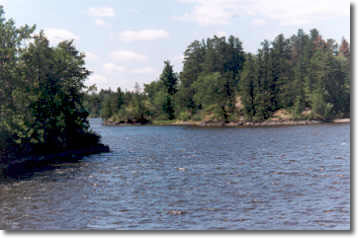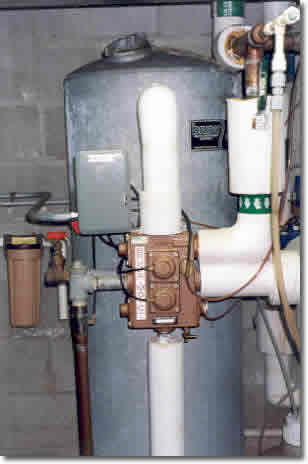Drinking Water Protection
- Drinking Water Protection Home
- About Us
- A-Z Index of Contaminants in Water
- Community Public Water Supply
- Drinking Water Grants and Loans
- Drinking Water Institute
- Drinking Water in Schools and Child Cares
- Drinking Water Revolving Fund
- Laws and Rules
- Noncommunity Public Water Supply
- Source Water Protection
- Water Operator and Certification Training
- Drinking Water Protection Contacts
Related Topics
- Annual Reports
- Drinking Water Risk Communication Toolkit
- Drinking Water Protection External Resources
- Fact Sheets
- Forms
- Invisible Heroes Videos: Minnesota's Drinking Water Providers
- Noncom Notes Newsletter
- Sample Collection Procedures (videos, pictures, written instructions)
- Waterline Newsletter
Related Sites
- 10 States Standards
- Clean Water Fund
- Health Risk Assessment – Guidance Values and Standards for Water
- Minnesota Well Index
- Water and Health
- Wells and Borings
Environmental Health Division
Water Voyage
From the Waterline
Quarterly Newsletter of the Minnesota Department of Health Public Water Supply Unit, Waterline
A complete list of feature stories can be found on the Waterline webpage.
 Water dominates the landscape of Voyageurs National Park in northern Minnesota with 30 glacier-carved lakes covering nearly half of the 219,000-acre park. However, the same challenges are present here as elsewhere in providing safe drinking water to the park’s employees and visitors. The park has several certified operators, including Bill Johnson, the facility manager.
Water dominates the landscape of Voyageurs National Park in northern Minnesota with 30 glacier-carved lakes covering nearly half of the 219,000-acre park. However, the same challenges are present here as elsewhere in providing safe drinking water to the park’s employees and visitors. The park has several certified operators, including Bill Johnson, the facility manager.
Although the Minnesota Department of Health is the primacy agency, the park adheres to federal guidelines with National Park Service (NPS) 83 regulations that Johnson says, in many ways, are more stringent than those imposed by the primacy agency. Under NPS-83, Voyageurs National Park is classified as a public non-community system and is required to disinfect.  The park conducts bacteriological as well as chemical monitoring on the 17 separate water systems within its boundaries, including one at the Kettle Falls Hotel, an historic lodge approximately 35 miles from the Rainy Lake Visitor Center outside of International Falls.
The park conducts bacteriological as well as chemical monitoring on the 17 separate water systems within its boundaries, including one at the Kettle Falls Hotel, an historic lodge approximately 35 miles from the Rainy Lake Visitor Center outside of International Falls.
Johnson says they have to deal with hard water, high in iron content, from most of the wells in the park. “With some of the real bad water, we shoot chlorine in to precipitate the iron,” explains Johnson. After the precipitate is removed in an iron filter, chlorine is injected again to provide a residual. At the Rainy Lake Visitor Center, the water then goes into a pair of storage tanks, the second of which is pressurized, and, upon demand, passes through a sand filter as the final stage of treatment. At the right is the iron filter and chlorine feed at the Rainy Lake Visitor Center.
Go to top